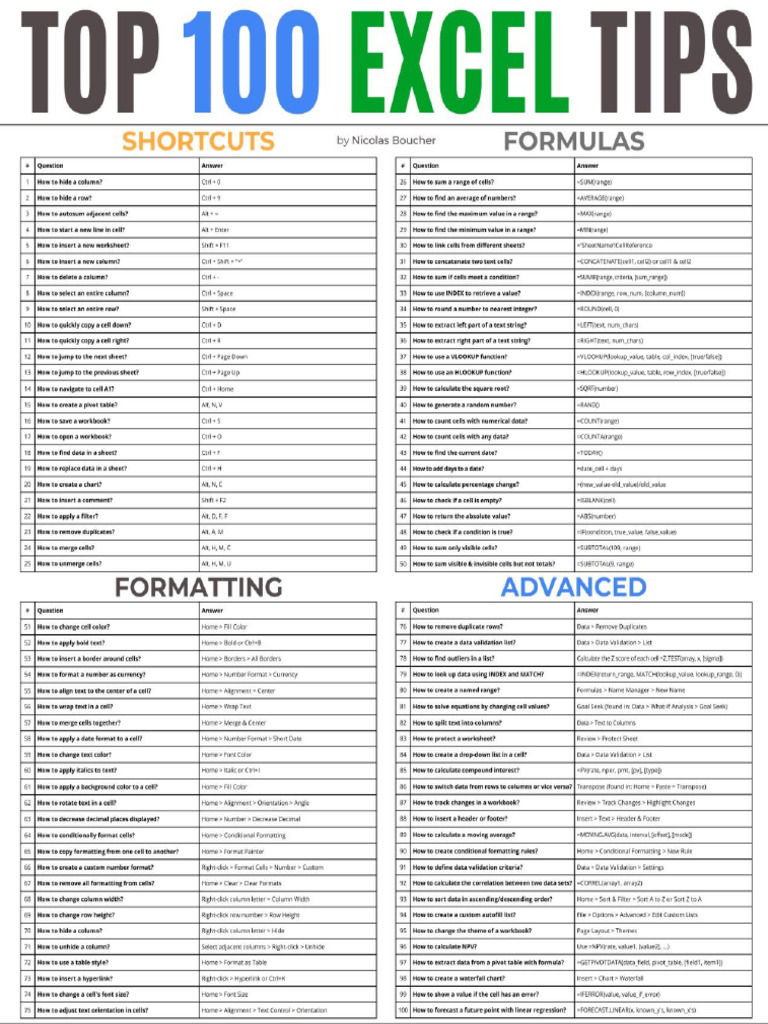How to Remove Excel Cell Dropdowns
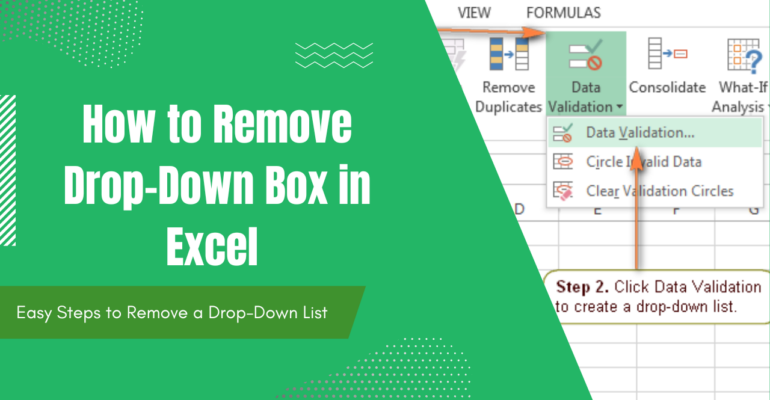
Are you tired of the restrictive cell dropdowns in Excel that limit your flexibility and creativity? Many Excel users encounter this issue, but fear not! In this comprehensive guide, we will delve into the world of Excel and explore effective methods to remove those pesky cell dropdowns. By the end of this article, you'll gain the expertise to take full control over your Excel sheets and unlock their true potential.
Understanding Cell Dropdowns in Excel

Cell dropdowns in Excel are a powerful feature that allows users to create data validation lists, offering predefined options for input. While this feature can enhance data accuracy and consistency, it may sometimes hinder flexibility, especially when you need to input unique or dynamic data. Removing these dropdowns can provide you with the freedom to input any value without constraints.
Methods to Remove Excel Cell Dropdowns
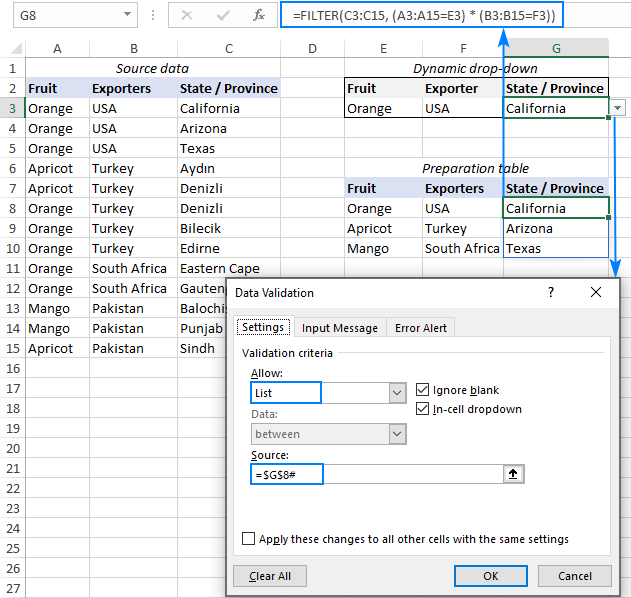
There are several techniques to remove cell dropdowns in Excel, catering to different user preferences and Excel versions. Let’s explore some of the most effective methods:
Method 1: Using the Data Validation Dialog
One of the simplest ways to remove cell dropdowns is by utilizing the Data Validation feature in Excel. Follow these steps to achieve this:
- Select the cell(s) with the dropdown you wish to remove.
- Navigate to the Data tab in the Excel ribbon.
- Click on the Data Validation button and choose Data Validation from the dropdown menu.
- In the Data Validation dialog box, select the Clear All button.
- Click OK to apply the changes and remove the dropdown.
This method is straightforward and can be applied to multiple cells at once, making it efficient for larger datasets.
Method 2: Deleting the Dropdown List
If you prefer a more direct approach, you can delete the dropdown list itself. Here’s how:
- Select the cell with the dropdown you want to remove.
- Click on the Data tab in the Excel ribbon.
- Click on the Data Validation button and choose Data Validation from the dropdown menu.
- In the Data Validation dialog box, navigate to the Settings tab.
- Locate the Source field, which contains the dropdown list options.
- Delete the content in the Source field, leaving it blank.
- Click OK to confirm and remove the dropdown.
By deleting the dropdown list, you effectively remove the restrictions imposed by the dropdown feature.
Method 3: Unlocking Cells with Protection
In some cases, cell dropdowns may be protected, preventing direct removal. To unlock these cells and remove the dropdowns, follow these steps:
- Ensure that the Review tab is visible in the Excel ribbon. If not, click on the File tab, select Options, and enable the Review tab.
- Go to the Review tab and click on the Unprotect Sheet button.
- If a password is required, enter it to unlock the sheet.
- Now, you can use any of the methods mentioned above to remove the cell dropdowns.
Unlocking the sheet allows you to make changes to protected cells, including removing dropdowns.
Advanced Techniques for Power Users
For advanced Excel users who wish to automate the process of removing cell dropdowns, there are macro-based solutions available. Here’s a brief overview of one such method:
Method 4: Using VBA Macro
Visual Basic for Applications (VBA) is a powerful tool for Excel automation. You can create a VBA macro to remove cell dropdowns across your entire workbook. Here’s a simple example:
Sub RemoveCellDropdowns()
Dim cell As Range
For Each cell In ActiveSheet.UsedRange
If cell.Validation.Type = 3 Then
cell.Validation.Delete
End If
Next
End Sub
This macro iterates through all the cells in the active worksheet and checks for data validation. If a cell has a dropdown (data validation type 3), the macro removes it. You can assign this macro to a button or shortcut key for quick access.
Performance Analysis and Comparison
When it comes to removing cell dropdowns, each method has its advantages and considerations. Let’s compare the methods discussed:
| Method | Ease of Use | Efficiency | Applicability |
|---|---|---|---|
| Data Validation Dialog | Easy | Moderate | Suitable for small datasets |
| Deleting Dropdown List | Simple | High | Effective for specific cells |
| Unlocking Cells with Protection | Moderate | Moderate | Required for protected sheets |
| VBA Macro | Advanced | High | Powerful for large-scale automation |
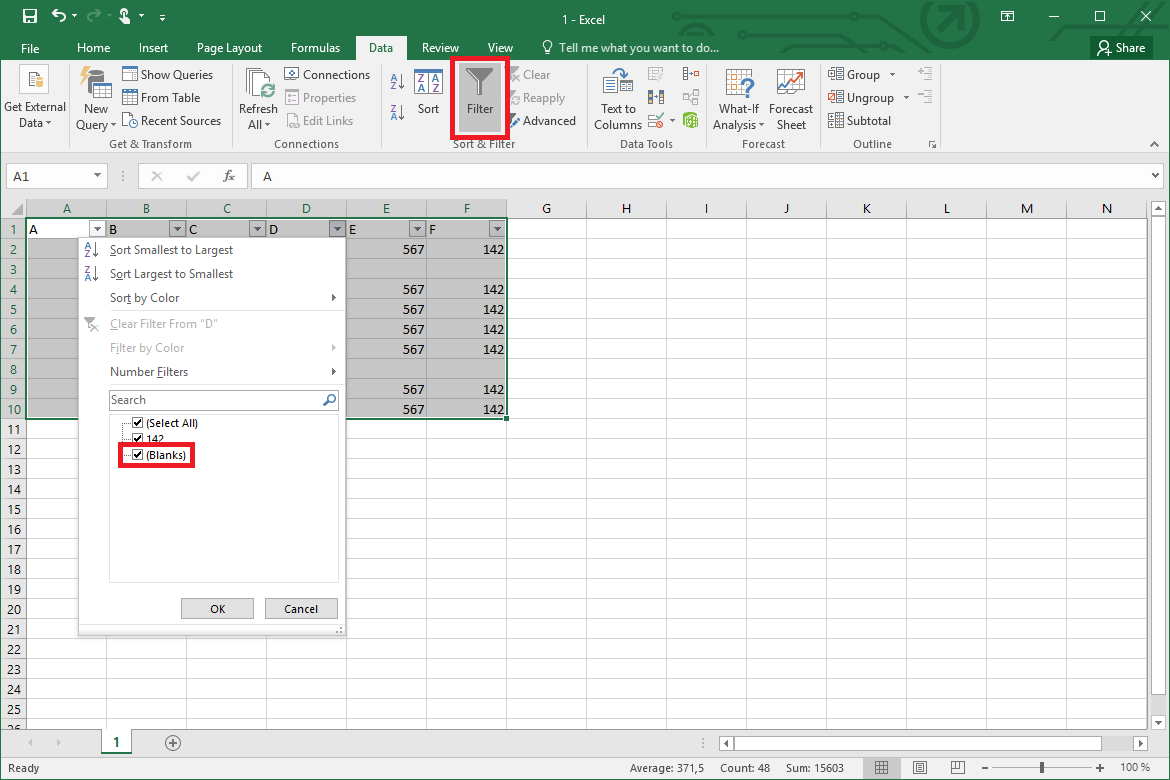
Consider your specific needs and Excel proficiency when choosing the most suitable method. Each technique has its place, and combining them can provide a comprehensive solution for managing cell dropdowns.
Conclusion and Future Implications
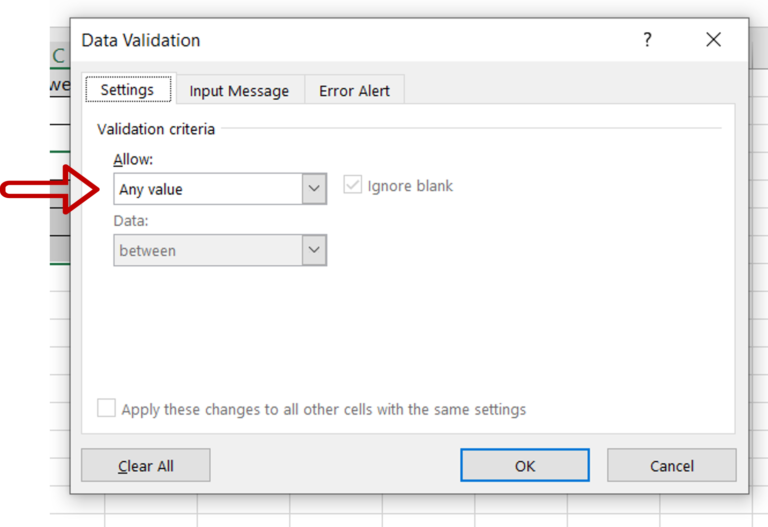
Removing cell dropdowns in Excel is a crucial skill for data analysts, researchers, and professionals who work with dynamic data. By understanding the various methods and their applications, you can efficiently manage your Excel sheets and ensure data flexibility. As Excel continues to evolve, staying updated with these techniques will empower you to tackle any data validation challenges that arise.
Can I remove cell dropdowns in older versions of Excel?
+Yes, the methods outlined in this article are applicable to most Excel versions, including older ones. However, the exact steps and interface may vary slightly based on the Excel version you are using.
Are there any drawbacks to removing cell dropdowns?
+Removing cell dropdowns can enhance data flexibility, but it may also remove the data validation benefits they provide. It’s important to consider the trade-off between flexibility and data integrity when deciding to remove dropdowns.
Can I restore cell dropdowns after removing them?
+Absolutely! Excel allows you to easily restore cell dropdowns by following the same steps used to create them. Simply navigate to the Data Validation dialog and set up the dropdown list options again.



